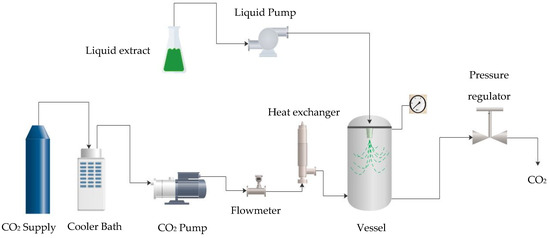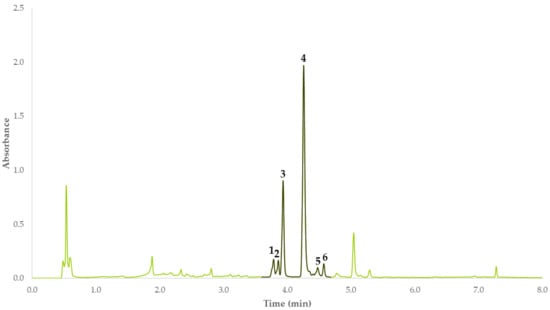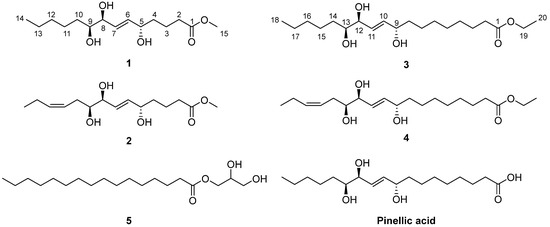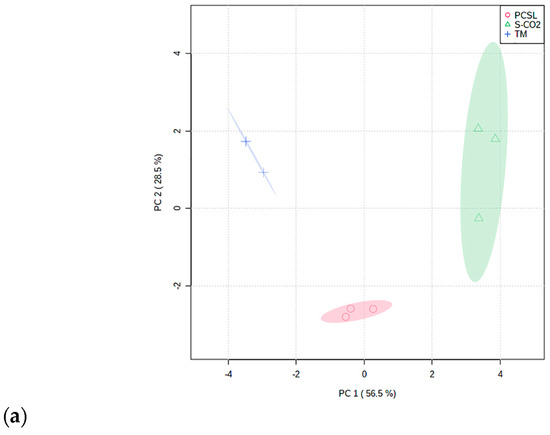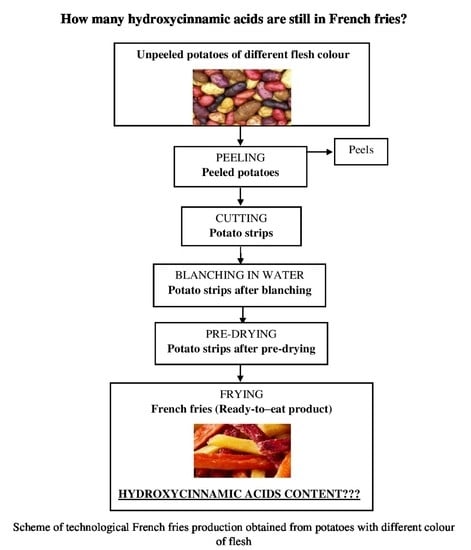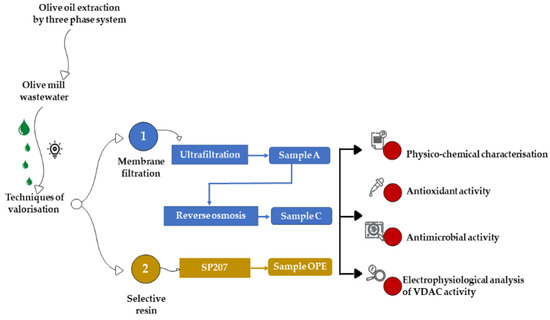Antioxidants 2023, 12(2), 530; https://doi.org/10.3390/antiox12020530 - 20 Feb 2023
Cited by 4 | Viewed by 2439
Abstract
Submicron particles have been produced from an ethanolic extract of Myrtus communnis leaves using supercritical carbon dioxide technology, hereinafter referred to as Supercritical Antisolvent Extraction (SAE). The influence of pressure (9–20 MPa), temperature (308 and 328 K) and injection rate (3 and 8
[...] Read more.
Submicron particles have been produced from an ethanolic extract of Myrtus communnis leaves using supercritical carbon dioxide technology, hereinafter referred to as Supercritical Antisolvent Extraction (SAE). The influence of pressure (9–20 MPa), temperature (308 and 328 K) and injection rate (3 and 8 mL/min) on the particles’ precipitation has been investigated, and it has been confirmed that increases in pressure and temperature led to smaller particle sizes. The obtained particles had a quasi-spherical shape with sizes ranging from 0.42 to 1.32 μm. Moreover, the bioactivity of the generated particles was assessed and large contents of phenolic compounds with a high antioxidant activity were measured. The particles were also subjected to in vitro studies against oxidative stress. The myrtle particles demonstrated cytoprotective properties when applied at low concentrations (1 μM) to macrophage cell lines.
Full article
(This article belongs to the Special Issue Antioxidant Capacity of Bioactive Plant Compounds for Therapeutic Purpose)
►
Show Figures
